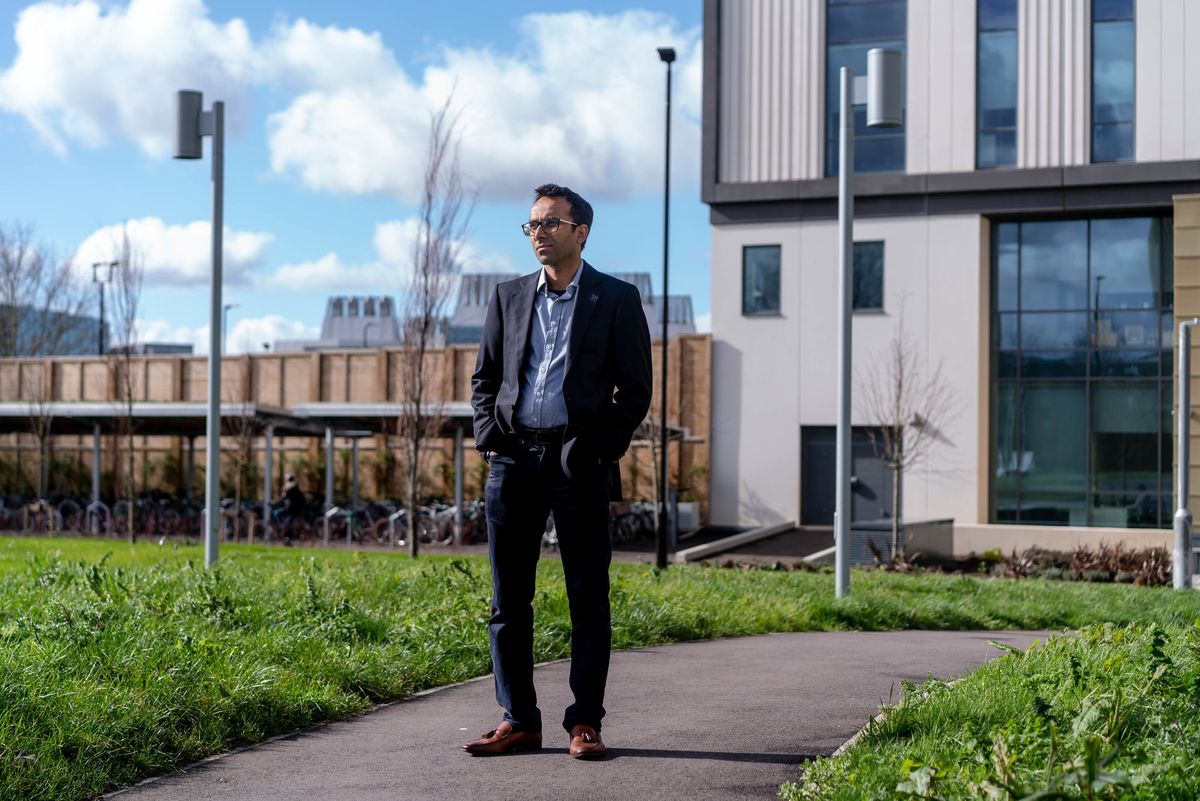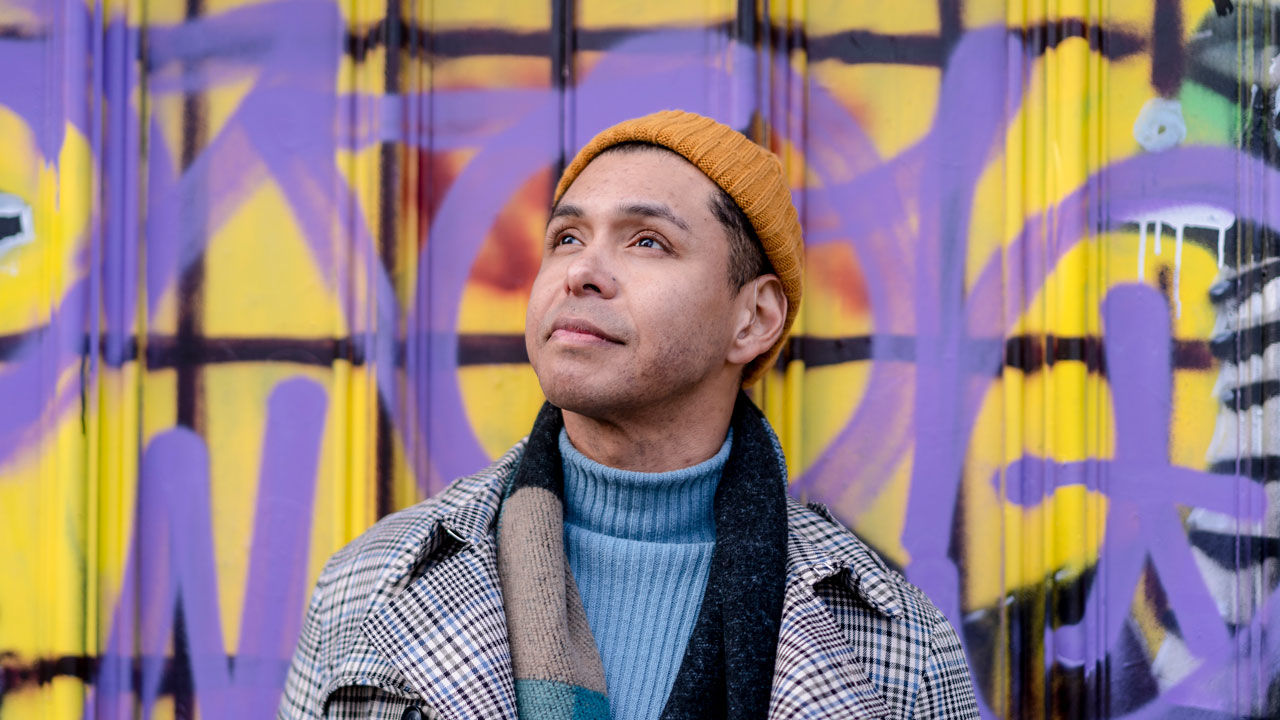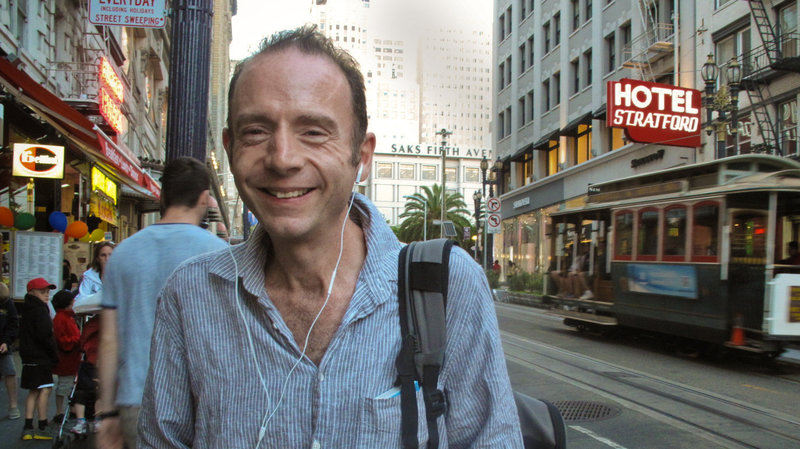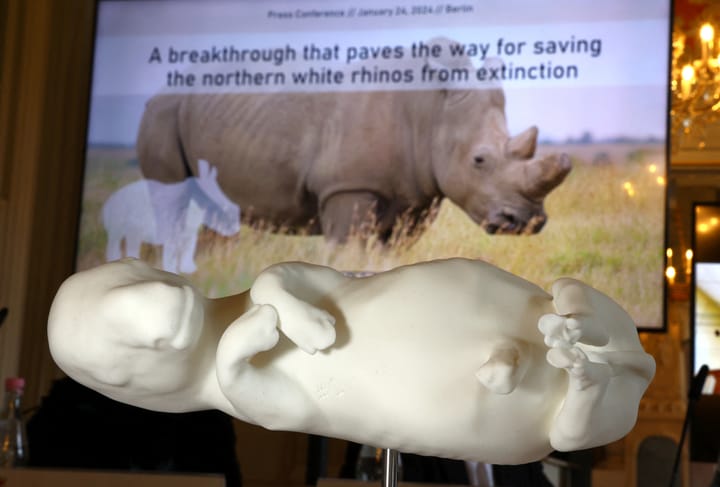Second person to be cured of HIV, Adam Castillejo, gives first public interview

A few minutes every morning is all you need.
Stay up to date on the world's Headlines and Human Stories. It's fun, it's factual, it's fluff-free.
On Monday, March 9, Adam Castillejo came forward as the second patient ever to be cured of human immunodeficiency virus (HIV). In an interview with The New York Times, Castillejo explained how a dual diagnosis of HIV and cancer resulted in his receiving an experimental bone-marrow transplant that saved his life.
Castillejo had previously been known as the “London Patient” in the press, distinguishing him from the so-called “Berlin Patient” who was the first person to recover from HIV as a result of the same treatment. With two HIV-positive patients having been cured with a bone-marrow transplant, there is growing hope that a far-reaching cure for HIV and AIDS is within reach.
Who is Adam Castillejo?

In The New York Times interview, the Venezuelan-born Adam Castillejo is described as “Six feet tall and sturdy, with long, dark hair and an easy smile.” His father claimed Spanish and Dutch descent, the latter of which likely allowed Castillejo a bone-marrow match with a German donor.
Castillejo was diagnosed with HIV in 2003, at the age of 23, and began taking medication for the disease. In 2011, though, he received a diagnosis of stage 4 lymphoma, a form of cancer that has between a 65% and 71% five-year survival rate, depending on the type. Castillejo’s outlook was grim, but eventually he came into contact with the London-based Dr. Ian Gabriel.
An expert in bone-marrow transplants, Gabriel was able to find a German donor who had a specific mutation that allows the body to resist HIV. The CCR5-delta 32 mutation prevents HIV from entering and infecting immune cells. CCR5 is a rare gene, with about 1% of people in Europe having the necessary mutation to prevent HIV infection.
Castillejo had the transplant on May 13, 2016, but it wasn’t until March 2019 that the doctors involved in the procedure announced him cured. At the time, to protect his privacy, Castillejo was known only as the “London Patient.”
Now, though, Castillejo has come forward to give hope to others with the disease. Castillejo still maintains a separation between his public and personal life, referring to his public self as “LP” (for “London Patient”). In December 2019, he opened a Twitter account devoted to stopping “Stigma & Discrimination” related to cancer, HIV and mental health.
What are HIV and AIDS?
HIV is a virus that can lead to acquired immunodeficiency syndrome (AIDS). Not all patients who contract HIV will develop AIDS, especially with the proper medication and treatment.
HIV directly attacks the body’s immune system, which is what fights off infections, by attacking T cells. As these cells are destroyed, the body becomes more susceptible to infections and cancers that are caused by infections. AIDS is the last stage of HIV infection, when the body can no longer fight off opportunistic infections that spread through the weakened body.
The origins of HIV have been traced back to the hunting and eating of chimpanzees in Central Africa, specifically the Democratic Republic of Congo. Some studies have suggested the disease has existed in humans since the 1800s but was slow to spread. However, by the mid-1970s, the disease had reached the United States and all other inhabited continents.
The spread of HIV caused an AIDS crisis in America during the 1980s, particularly among homosexual men, which initially led to the disease being labeled “gay-related immune deficiency”. It wasn’t until the 1990s and the HIV diagnosis of professional basketball player Earvin “Magic” Johnson that the general public began to understand it was not uniquely a “gay disease.”
The Berlin Patient

Ten years before Castillejo’s treatment, an American man named Timothy Ray Brown became the first HIV-positive patient to be cured of the disease. Like Castillejo, Brown’s story was initially published under a pseudonym. He was known as the “Berlin Patient” as he had been treated in Berlin, the German capital, by Dr. Gero Hütter.
The experiences of Brown and Castillejo have other things in common. Brown also received a cancer diagnosis — acute myeloid leukemia — after contracting HIV in 1995. Like Castillejo, Brown’s treatment involved a bone-marrow transplant from a patient who also had the CCR5-delta 32 mutation.
Brown received his transplant on February 6, 2007, which he refers to as his “new birthdate.” Within three months, HIV had disappeared from his body, though the leukemia returned. As a result, Brown received a second transplant from the original donor in February 2008.
Though his recovery was a difficult and painful process, by 2010 Brown was cured and made the decision to reveal that he was the Berlin Patient.
Despite the promising results for both patients, doctors warn that the bone-marrow transplant treatment would be too risky a measure to take for most HIV-positive patients. The surgery is considerably more complicated than simply taking medication to keep HIV symptoms at bay.
However, the hope is that more research will be done around the CCR5 gene, and gene therapy generally, in order to allow a cure to be more broadly applied.
[article_ad]
Have a tip or story? Get in touch with our reporters here!




Comments ()